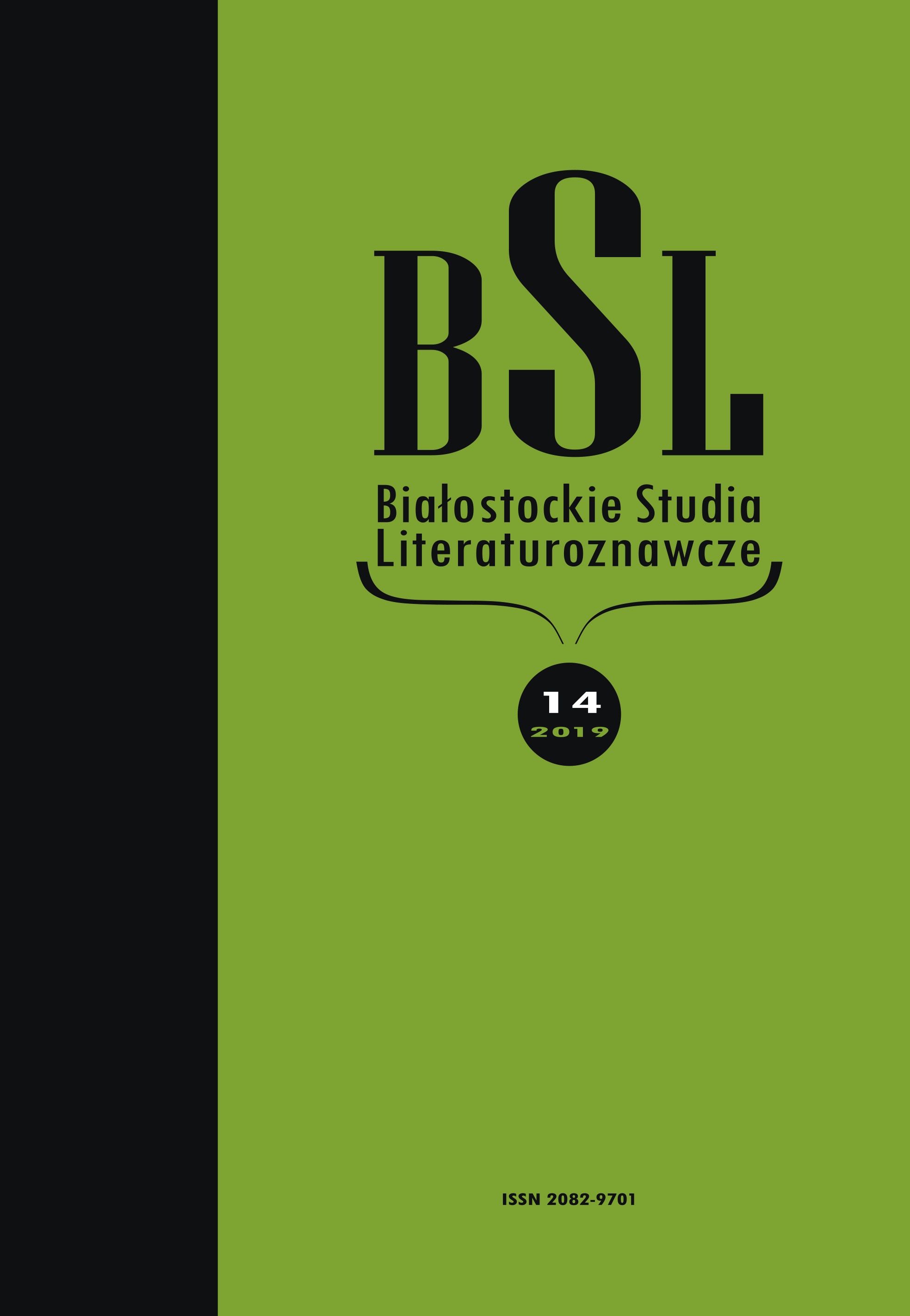Wilk Marka Hłaski, czyli Młoda Polska zakamuflowana (ukryte nawiązania do prozy Żeromskiego i Reymonta)
Wilk by Marek Hłasko or Young Poland Camouflaged: The Hidden Allusions to Prose Writings of Żeromski and Reymont
Author(s): Aleksandra BiałekSubject(s): Language and Literature Studies, Studies of Literature, Polish Literature
Published by: Wydawnictwo Uniwersytetu w Białymstoku
Keywords: Polish novel; literary criticism; intertextuality; Young Poland; socialist realism
Summary/Abstract: This article analyzes the novel Wilk (English “wolf”), which was written by Marek Hłasko, discovered by Radosław Młynarczyk, and then published only in 2015. The novel depicts the lives of the residents of a Warsaw district, Marymont during the interwar period. The analysis of this text by young Hłasko sheds new light on the current academic criticism of the writer’s works, and shows – sometimes indirectly – his inspiration with the literary representatives of Young Poland – Stefan Żeromski and Władysław Reymont. The discovery of the literary camouflage used by the writer discloses the following components of the Young Poland period: sensitivity to the beauty of melody and image, lyrical description and the question of rapid civilization changes.
Journal: Białostockie Studia Literaturoznawcze
- Issue Year: 2019
- Issue No: 14
- Page Range: 203-217
- Page Count: 15
- Language: Polish

